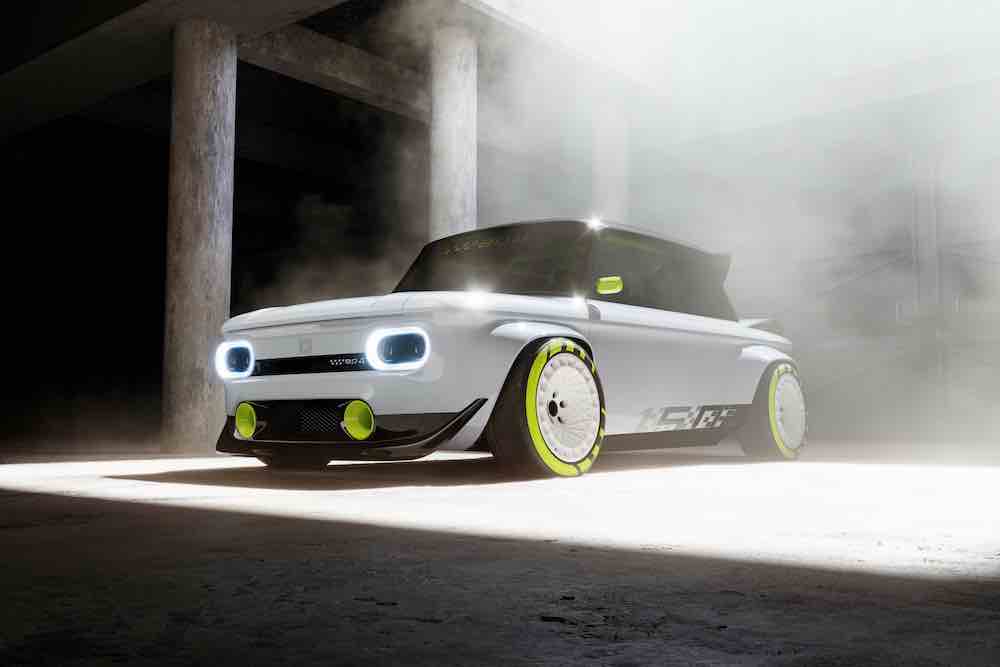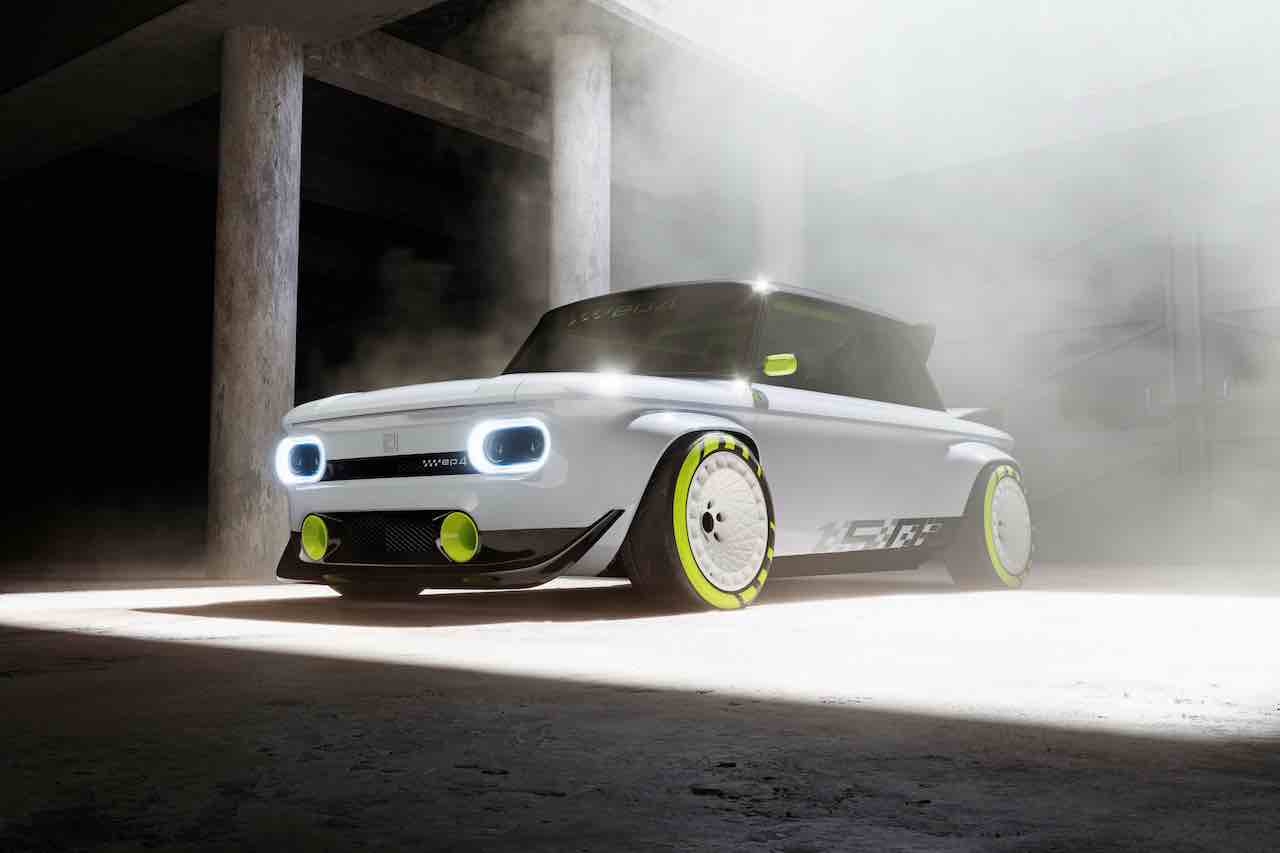Reviving a myth and turning it electric: done, here it is NSU Princebut it’s a prototype of Audi.
 NSU Prinz is back, but it’s an electric Audi prototype, press office source
NSU Prinz is back, but it’s an electric Audi prototype, press office source
A bit of history
The NSU Prince L4, now, classic car produced in the Baden-Württemberg factoryis a symbol of the years of rebirth after the Second World War.
It’s the car many Germans could afford instead of one Mercedes or one BMW. Prinz’s price was affordable, and its technical characteristics for a long time made it a competitor in its segment on the market.
Now, the trainees of the mechatronics, pattern making, applied mechanics and painting courses in Neckarsum present the futuristic restoration.
Here is the prototype unveiled EP4. Where the ‘E‘ evokes the electric tractionWhile ‘P4‘ recalls the historian NSU Prince 4. This produced just a Neckarsulm and NSU engine works from 1961 to 1973.
The outside
For the apprentices, it was clear that their EP4 should have proudly displayed that it was born as NSU Prinz. The historical elements, therefore, do not include only the front and rear lights. Also there car body of the 70’s kept the characteristics lines from the shoulders he was born in roof. The apprentices freed the sheet metal from rust and painted it in the colours Audi Suzuka Grey e Brilliant Black. Accents such as the “150” anniversary lettering were applied to the side of the vehicle.
The big leap in performance required extensive modifications to the chassis and bodywork. A modified floorpan from an Audi A1 including brakes and axles forms the basis. The apprentices mounted on top of the extensively modified and greatly enlarged body. THE beefy fenders they are unmistakably athletic. The apprentices designed them with the support of Audi Design and turned them into reality using 3D printing. The large wheels are hidden under the fenders. Thanks to modern high-performance tires, they provide the necessary grip during acceleration and sporty cornering.
“The eye travels with you! We wanted the EP4’s performance to be visible from every angle,” he explains Cynthia Huster, car painter apprentice. The rear wing, painted in signal yellow, gives the EP4 a particularly sporty appearance. The twist: the wing is not attached to the bodywork, as in other vehicles, but to the roll cage. Its supports, therefore, pass through the rear window.
 NSU Prinz is back, but it’s an electric Audi prototype, press office source
NSU Prinz is back, but it’s an electric Audi prototype, press office source
 NSU Prinz is back, but it’s an electric Audi prototype, press office source
NSU Prinz is back, but it’s an electric Audi prototype, press office source
The interior: racing and minimalist
Il Signal Yellow roll cage creates an eye-catching contrast in the interior. Apart from this, the interiors – typical of racing cars – are reduced to the essentials; all other painted surfaces are black. The occupants sit on the “Recaro Podium” bucket seats.
A single board computer and corresponding screen serve instruments and displays. They are also the vehicle’s speedometer and on-board computer and perform diagnostic tasks.
The traction
While budding body and paint specialists tended to the chassis and outer skin of the classic car, future auto mechanics got to work on the powertrain, battery and suspension.
The back of the “prince”, where and once resided a 30 bhp (22 kW) twin-cylinder petrol engine, it now houses a 240 bhp (176 kW) electric motor. comes from a2020 Audi e-tron e receives power from a battery from the Audi Q7 TFSI and quattro plug-in hybrid .
 To mark the 150th anniversary of the NSU brand, apprentices from Audi Neckarsulm unveil an NSU Prinz they have converted into an electric car.
To mark the 150th anniversary of the NSU brand, apprentices from Audi Neckarsulm unveil an NSU Prinz they have converted into an electric car.
 NSU Prinz is back, but it’s an electric Audi prototype, press office source
NSU Prinz is back, but it’s an electric Audi prototype, press office source
The battery is located under the front hood, where the NSU Prinz once had the fuel tank. The electrified car breathes fresh air through a large air intake at the bottom of the bumper, while heat can escape through a large opening in the front hood. The tailgate also improves cooling and can be fixed in the half-open position. Thus, it reveals the power plant and is reminiscent of the historic racing cars based on the sporty NSU Prinz 1000. Where then a row of open carburetor funnels gave spectators clues about the sporting intentions of these cars, the EP4 now shows its electric motor.
















Leave a Reply
View Comments